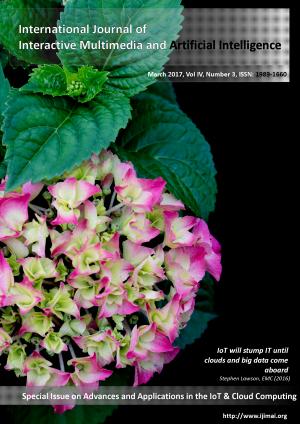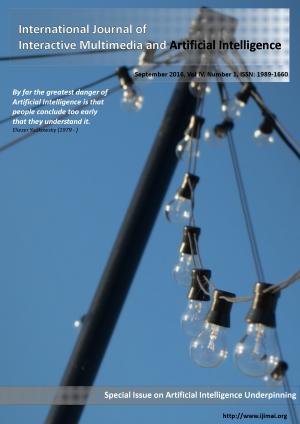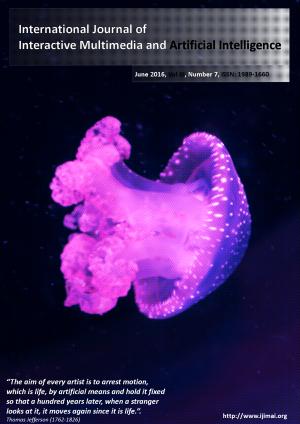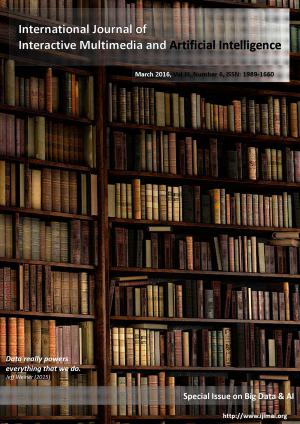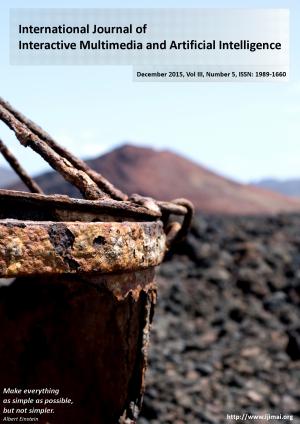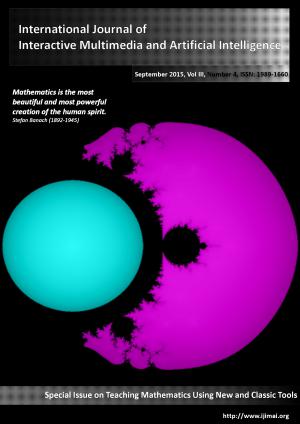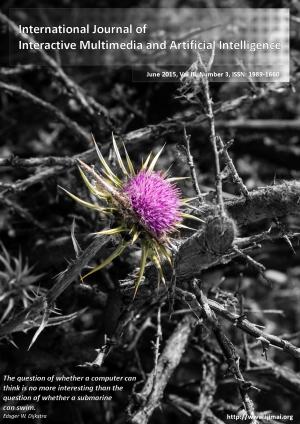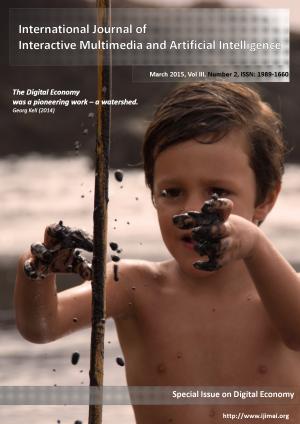The term 'Digital Economy' was coined for the first time by Don Tapscott in 1995 in his best-seller The Digital Economy: Promise and Peril in the Age of Networked Intelligence. When he wrote the book 20 years ago, he announced how he thought the Internet would fully transform the nature of business and government. We have now extended the concept, illustrating how digital technologies are rapidly transforming business practices, the economy and societies. Technology, and its impact on business strategy and society, continues to rise in importance. The Digital Economy, sometimes also called “Digital Business” has become a philosophy for many top executive teams as they seek competitive advantages in a world of fast moving technological change. When we talk about digital technologies, we are not only talking about the internet, nor only ICT (Information and Communications Technology), but other concepts such as mobile, telecommunications or content. The digital economy is by no means an exclusively economic concept. Therefore, it might be more appropriate to speak of digital society or digital technology. What matters is that digital is a transverse concept that affects individuals, businesses and public administrations.
People are progressively entering the digital world. In our daily life we are in direct contact with digital devices such as cars, electrical appliances etc. People increasingly communicate digitally; through mobile devices, internet, and social networks. In addition, our leisure, education and health are largely being integrated into a digital environment.
Likewise, organizations are progressively incorporating digital technology in their production and distribution processes, conducting research and also in the process of decision making. In this sense the emergence of Big Data has been one factor that has accelerated an already observed trend.
Public administrations and political institutions are incorporating digital into both their internal procedures and in their relationships with citizens. An example is the role played by Big Data in the two elections won by Obama. Another example may be the way the ISIS terrorist group uses social networking to publicize their activities and secure funding.
But digital technology and information are not only affecting the daily behavior of individuals, businesses and public administrations. They are also playing a very prominent role in the knowledge of the fundamental laws of nature. In this sense we can highlight the contribution of digital technology in the computer modeling of fundamental elements of life, and consequently in the creation of artificial life. Likewise, you may also note the role in deepening the knowledge of the universe.
Bearing in mind that Digital Economy is becoming more relevant from the economic perspective, we decided to star this issue with something unusual in this magazine: a paper that discusses the economy. It’s interesting from our point of view, as it underscores the fact that digital technologies, which of course include Artificial Intelligence and Interactive Multimedia, are not only relevant from the technical point of view, but from the business and society perspective as well.


